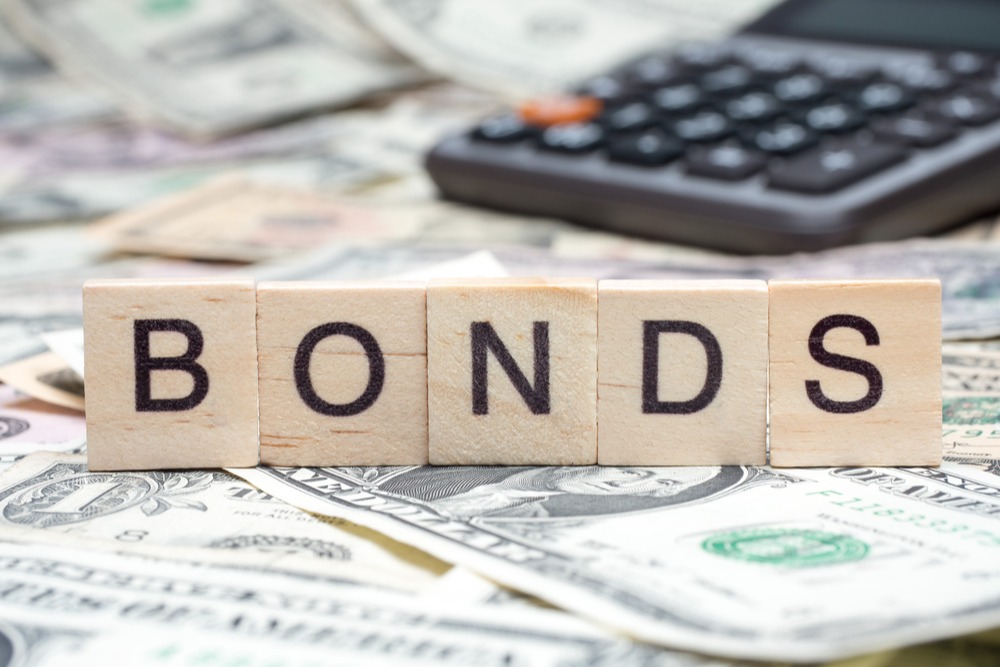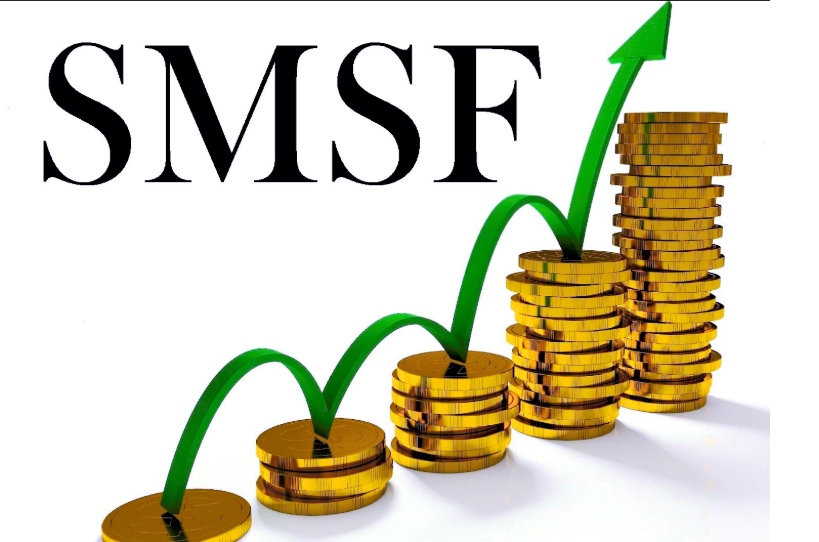Six things every bond investor should be aware of

When it comes to investing in bonds in the Netherlands, there are a few key things that every investor should be aware of. From yields and interest rates to duration and inflation, understanding these concepts is essential for anyone looking to invest in this asset class. Below, we outline six things every bond investor should know.
1. Yields and interest rates are not the same
One of the most common misconceptions about bonds is that yield and interest rates are the same, which couldn’t be further from the truth. The interest rate is simply the coupon rate on the bond, which is the amount of interest paid per year. Yield, on the other hand, considers the current market price of the bond and the interest rate. For example, if a bond has a coupon rate of 5% and is currently trading at par (eg. $100), the yield would also be 5%. However, if the same bond were trading at a premium (eg. $105), the yield would be lower than 5%
2. There is no such thing as a risk-free investment
When it comes to investing, there is no such thing as a risk-free investment. This is especially true for bonds, which are subject to credit risk, interest rate risk, and inflation risk, among others. Credit risk refers to the probability that the issuer will default on their debt obligations. Interest rate risk is the risk that the value of the bond will decline as interest rates rise. And inflation risk is the risk that the purchasing power of the bond’s coupon payments will be eroded over time.
3. Bonds are subject to credit risk
As mentioned above, credit risk is one of the risks associated with bonds, which refers to the probability that the issuer will default on their debt obligations. It is almost impossible to predict if or not an issuer will default accurately, and there are a few things you can look at to get an idea of their creditworthiness. One is their credit rating, which is assigned by agencies like Moody’s and Standard & Poor’s. Another is their debt-to-equity ratio, which measures their financial leverage, and the higher the ratio, the greater the risk.
4. Inflation can eat into your returns
Another risk to be aware of is inflation risk, which is the risk that the purchasing power of the bond’s coupon payments will be eroded over time. For example, if you invest in a bond with a coupon rate of 5% and inflation is running at 3%, your real return (in other words, your return after accounting for inflation) is only 2%. Therefore, it’s essential to consider the inflation rate when deciding how to invest in bonds.
5. Duration is key
Duration measures a bond’s sensitivity to interest rates. It tells you how long it will take for the bond’s price to adjust to a change in interest rates; for example, if a bond has a duration of 5 years and interest rates rise by 1%, the bond’s price will fall by 5%. Conversely, if interest rates fall by 1%, the bond price will rise by 5%. Therefore, when deciding how to invest in bonds, it’s essential to consider the duration of the bonds in your portfolio.
6. Don’t forget about taxes
Finally, don’t forget about taxes. The interest payments you receive on your bonds are subject to income tax. And if you sell your bonds before they mature, you may be subject to capital gains tax. Therefore, it’s essential to consider the tax implications of investing in bonds before making any decisions.
The bottom line
Investing in bonds can be great for portfolio diversification and generating income. However, traders must understand the risks before making any decisions. Novice traders are advised to use a reputable and experienced online broker from Saxo Bank before investing in bonds. For more information, get it from here.









